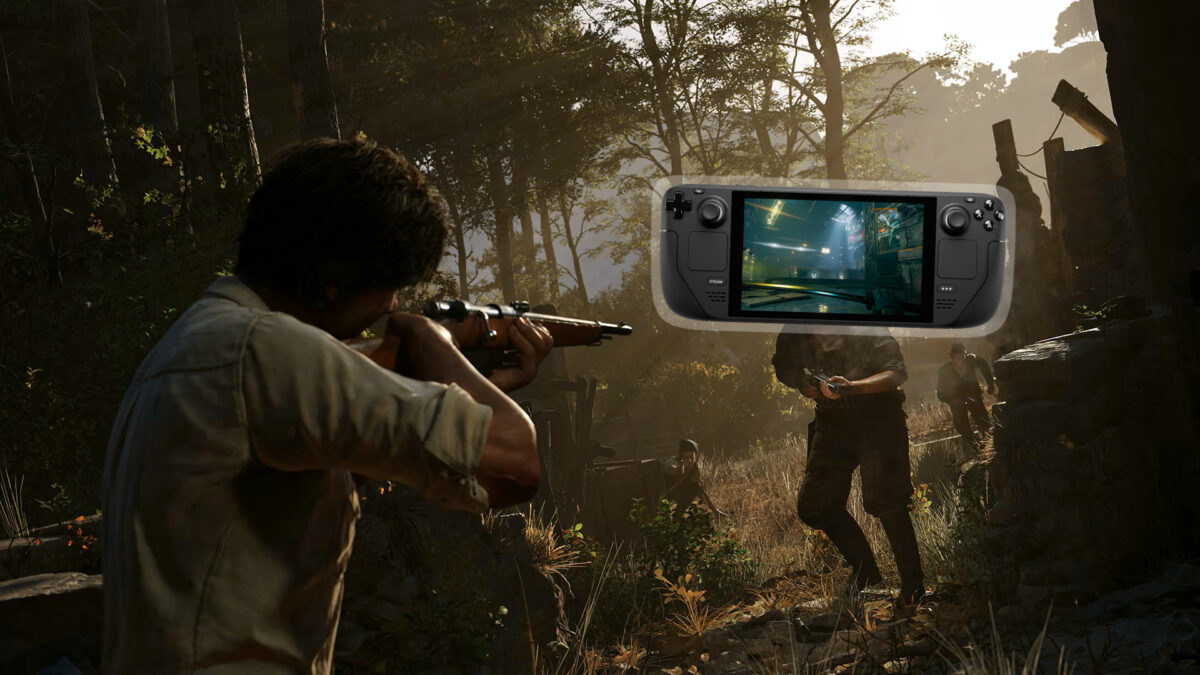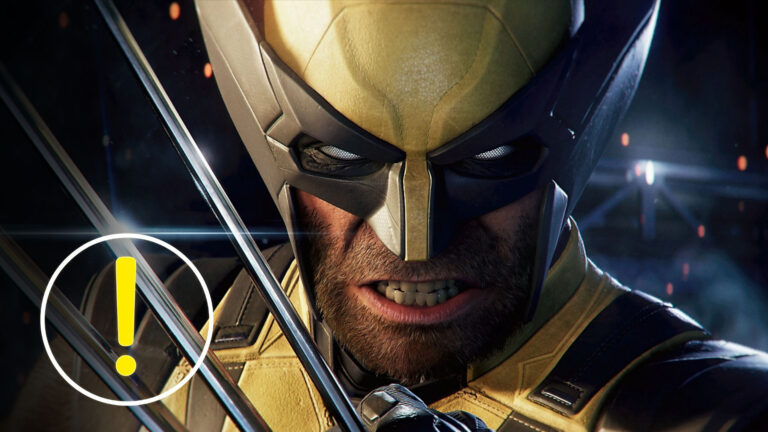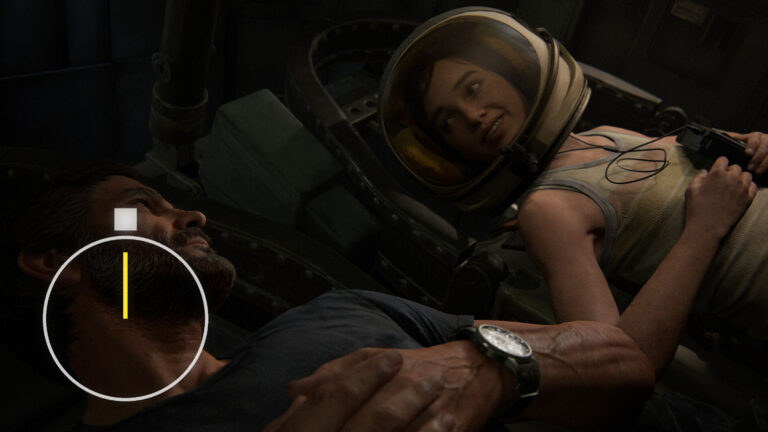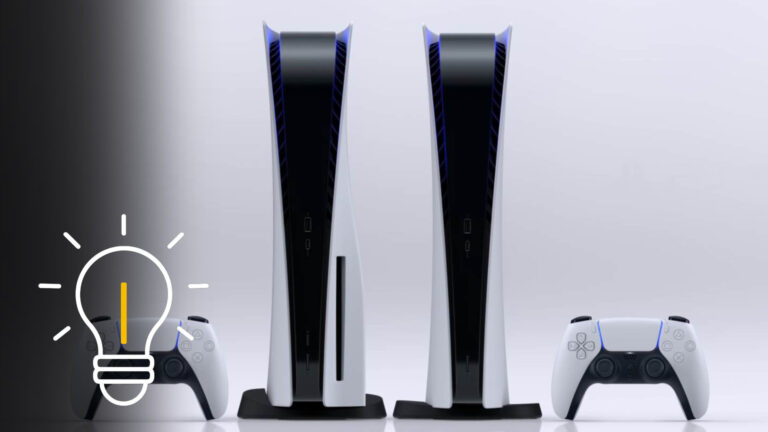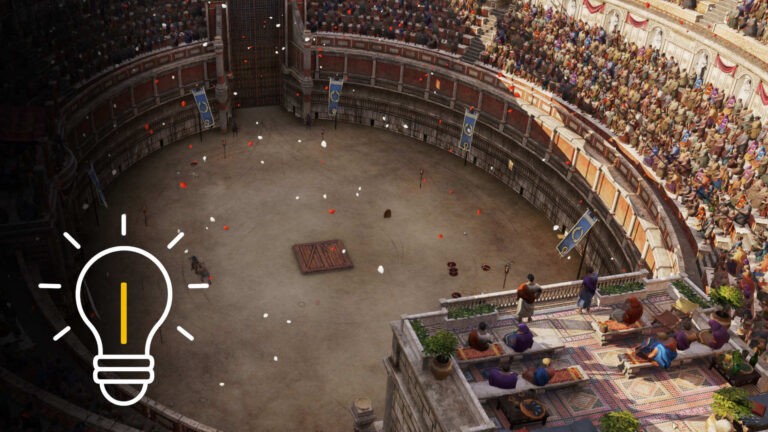Mafia: The Old Country is barely playable on the Steam Deck. Poor performance, lack of optimization. But with a few tweaks, you can make the experience a little better.
Mafia: The Old Country is officially not compatible with the Steam Deck. Valve currently lists the game as “Unsupported.” Community reviews show that anyone wanting to play this Sicilian prequel on Valve’s handheld will need to accept major technical compromises.
Unreal Engine 5 as a Performance Bottleneck
The game uses the resource-hungry Unreal Engine 5, and that’s very noticeable on the Steam Deck. Even at the lowest resolution (640p) with effects turned off, many scenes only hit 20 to 30 frames per second, according to reports on Reddit and YouTube. Upscaling methods like FSR (FidelityFX Super Resolution) or XeSS (Xe Super Sampling) hardly improve the situation – the image remains blurry and performance unstable.
Another issue is the limited settings menu: Many options are locked on the Steam Deck or can only be partially adjusted. Even with tools like Lossless Scaling enabled and manually set framerate caps (e.g., 30 or 40 FPS via Decky Loader), the gameplay experience remains inconsistent. Users report frequent stutters and irregular frame pacing. Switching to alternative Proton compatibility layers – like Proton GE or Experimental – currently doesn’t deliver any significant improvements either.
Not a Stable Experience – Yet
Right now, buying Mafia: The Old Country for the Steam Deck isn’t recommended. While future patches, SteamOS updates, or new Proton versions could improve things, at this point there’s no stable or visually satisfying version in sight. If you still want to give it a try, keep these tips in mind:
Tips for the Settings
- Resolution: Cap in-game resolution at 720p (1280×800) or drop to 640p/540p if needed.
- Enable FSR/XeSS: In the video/graphics menu, set FSR to “Performance” or “Ultra Performance.”
- Framerate Limit: A 30 FPS cap can sometimes produce a steadier image; 40Hz/40FPS (via SteamOS Deck HUD or Decky Loader) is often recommended as the best compromise, though even that’s not always stable.
- Details: Set all details to “Low” and turn down anti-aliasing, shadows, and effects to the minimum.
- Use Lossless Scaling: External tools like “Lossless Scaling” can help a bit, but don’t expect miracles – the image will still look muddy and performance gains are minimal.

